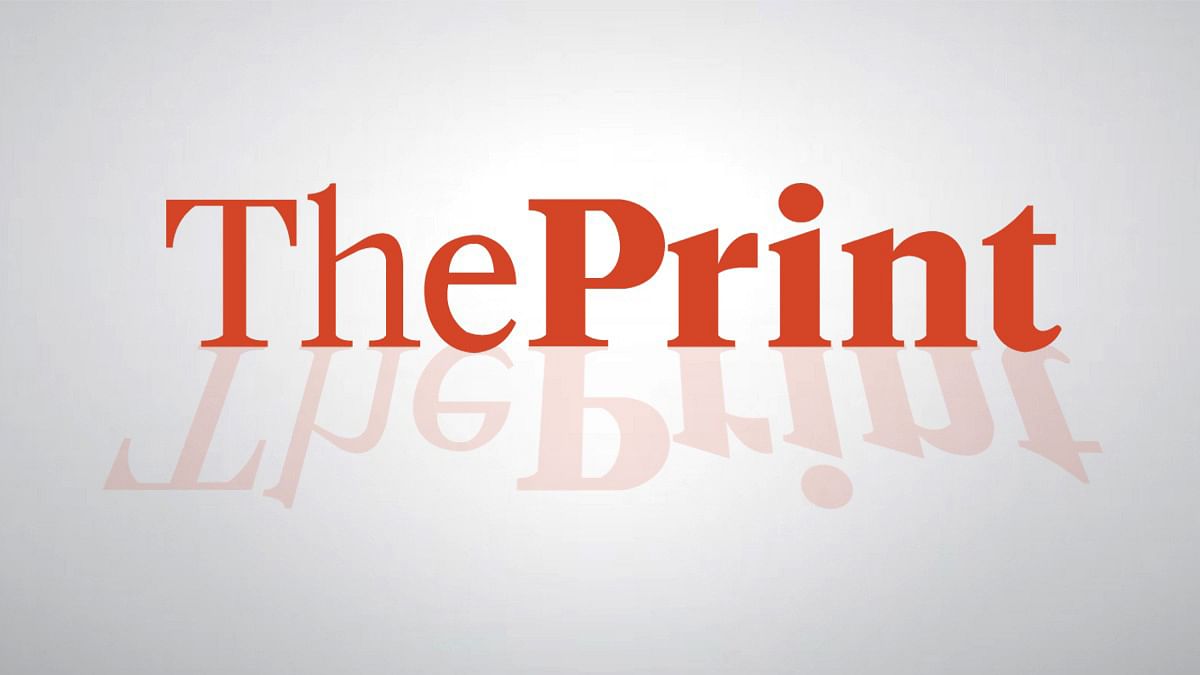www.domainy.io
PSA: iwantmyname is utterly broken
This is just a PSA for anyone unfortunate enough to have to use iwantmyname.TL;DR: Generation of EPP auth codes for many TLDs is completely broken, and support appears to be out to lunch.We've been long-time customers of iwantmyname (our first invoice goes back to 2014). We generally only used them for registration of TLDs that were unavailable on Google Cloud Domains (RIP) or Route 53.We have rarely had cause to use their support as we typically nameserved away to external DNS solutions -
Show HN: I Built a Docker alternative for local dev on macOS, without containers
Hi HN,For years, like many of you, I've relied on Docker for local development. It's powerful, but I always found myself wrestling with the same frustrations: endless YAML configuration, my MacBook's fan spinning up like a jet engine, and the notoriously slow file I/O performance on macOS.It often felt like overkill. I just wanted to switch from PHP 8.1 to 8.3 for a quick test, or temporarily add a Redis service, without rebuilding images and fighting with docker-compose.yml.

India Gears Up for Internet Naming Revolution as ICANN Prepares New gTLD Round
After a 12-year pause, ICANN — the global internet governance body– is reopening its New gTLD application window in 2026.

Is it possible to sink online scammers?
How can you spot a fraudulent e-commerce website? And what can you do to take it down? A minor scam sent a BBC reporter on a quest.
10 Best Domain Registrars Of 2025
As a small business owner, Liz understands the unique challenges entrepreneurs face. Well-versed in the digital landscape, she combines real-world experience in website design, building e-commerce ...

NiRA Launches WHOIS Data To Curb Spam, Boost Trust
The Nigeria Internet Registration Association (NiRA) has launched a WHOIS Privacy Redaction service for .ng domain name holders, aimed curbing spam, reducing
DNS visibility ‘blind spots’ leave firms exposed
Despite its importance, the domain name system is one of the most under-monitored areas of the network, says Cyberrey’s ...
Former Kansas Jan. 6 defendant wins Web domain battle against Johnson County
Former Jan. 6 defendant William Pope said Johnson County Commissioners tried to steal a domain he registered in 2020.
Pi Network Sparks Mixed Reactions as .pi Domain Update Fails to Impress
Pi Core Team updates on .pi domain auction fail to impress; Pioneers seek real progress as PI price drops and KYC issues persist.
Ask HN: Startup getting spammed with PayPal disputes, what should we do?
Longtime user posting from a new account out of an abundance of caution.I founded an e-commerce marketplace startup. We use PayPal's Multiparty APIs (PayPal Commerce Platform) for checkout. For the 10 days, someone has been bombarding us with purchases that they later dispute. There's consistent pattern to it:* They use an email address that has no footprint online, always from the same two domains
* They use an unverified PayPal account to pay
* They pay a low amount, not always the s
Why a Strong Online Presence Matters
A strong, centralized digital presence can tip the scales in your favor. It makes it easier for recruiters and employers to ...
I Finally Switched Domain Registrars, and I Should Have Done It Sooner
It’s easy to forget about domain renewals, but the costs can definitely add up, especially on registrars that are raising ...

Ethereum Token Platform Zora Sues Deloitte Over AI Trademark Dispute
Token launchpad Zora is suing consulting giant Deloitte for trademark infringement over its "Zora AI" digital workforce platform.
Former Kansas Jan. 6 defendant wins Web domain battle against Johnson County
Former Jan. 6 defendant William Pope said Johnson County Commissioners tried to steal a domain he registered in 2020.

PNGUoT to raise domain-name price after website launch
The PNG University of Technology has launched the change of its website address to in Lae on Friday, May 30, 2025.

What is ENS and How Does It Work?
What is ENS and how does it work? People often call the Ethereum Name Service (ENS) Web3’s answer to the internet’s Domain Name System (DNS). But it’s not just about giving your crypto wallet a catchy ...

Eth Domains: Why Are They So Popular and What Can You Use Them For?
You can use a.eth domain for much more than just naming your wallet. Transaction simplification is the most popular ...

Why ETH Domains Are Booming and How You Can Make the Most of Them
.eth domains are reshaping the way we use the internet, acting as crypto wallets, digital identities, and investment assets. Discover why they're booming and how to make the most of them in the Web3 era.

Why DNS Security Is Your First Defense Against Cyber Attacks?
DNS attacks threaten every online interaction; securing DNS with ClouDNS protects businesses and prevents costly disruptions.
Show HN: Releasepages.dev turn your commits to release pages
Hi HN,My name is Kam, I’m the author of Release Pages. I made a simple app that takes your GitHub commits and turns them in to release pages. See (react.releasepages.dev). I decided to build this after I’ve had customers in the past ask about how to stay updated to the product. I wanted a simple place for people to view releases and change logs without having to manually write and update them. The workflow right now is pretty simple you add a GitHub action file in your repository that runs git l









